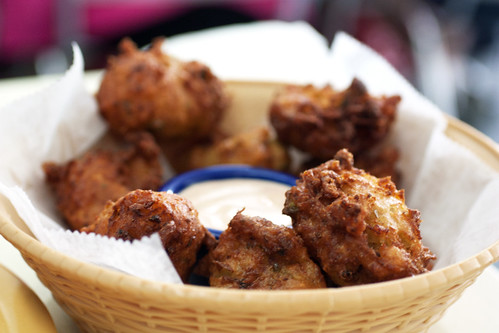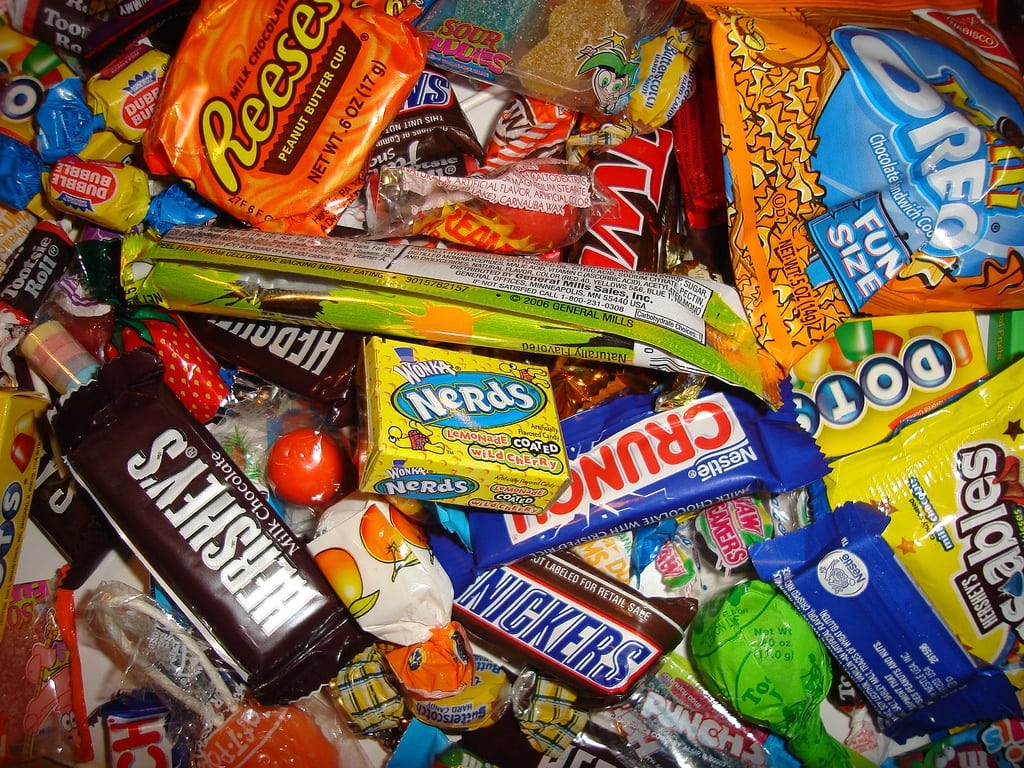The Holiday Dinner Party Guide
By: Chef Cristian Feher
www.tampabaychef.com
It’s that time of year again where friends and family get together to celebrate the spirit of peace, good will, and giving. It can also be a time of spilled drinks, family squabbles, dry turkey and grocery store cheese trays. But I will do my best to provide you with information that will help you avoid unseemly situations, and throw a perfect get-together that everyone will enjoy.
As a personal chef I have done hundreds of dinner parties. And I’m going to share with you some do’s and dont’s.
Drinks
DO - Provide an assortment of, both, alcoholic and non-alcoholic drinks. Even if you don’t drink, there may be someone who does. A small assortment of white wine, red wine, beer and a mixed drink or two, will do for most parties. Don’t forget to have bottled water, as alcohol will dehydrate your guests.
DON’T - Leave out any bottles that you don’t want to serve. After a few drinks, some guests may go rooting through your house looking for more booze. So if your inherited bottle of 200 year-old brandy that belonged to King Louis IV is off limits, be sure to keep it off limits and hide it in your closet.
DO - Remember that white wine is usually served cold, and red wine can be served warm. I remember this by thinking “Red Hot.”
DON’T - Forget to offer your guests a drink when they arrive. Especially for work functions, where some guests may not be familiar with your other guests. It will make them feel more relaxed. And having something to hold in their hands can make people feel more comfortable. Remember that binky you held onto when you were a kid? Nothing much has changed.
Food
DO - Expect to have leftovers. Make more food than you think you will need. Feed your guests until they can’t eat any more. That’s the first sign of a good host. It tells your guests that you really want to take care of them. It doesn’t have to be expensive food - it just has to taste good and there should be lots of it. Send your guests home with leftovers.
DON’T - Foist off your dietary requirements onto your guests. It’s fine that you only eat gluten-free, sugar-free, fat-free, organic, vegetarian, vegan, non-soy, non-GMO, albino asparagus that only grows on the eastern side of a mountain in the Andes. But unless your guests are your friends from Whole Foods or yoga class, you should have regular foods that other people enjoy. It’s no fun to be forced into a diet while visiting someone.
DO - Cook your turkey in a roasting bag. It’s the safest and best way to ensure that your turkey will be cooked-through, and deliciously moist - even if you over-cook it. Yes, it’s very tempting to show off with other methods of cooking your turkey, but you want to avoid the embarrassment of serving under-cooked, or dried out turkey. If you want to impress your mother-in-law, don’t tell her that you used a roasting bag.
The Extras
DON’T - Let your pets slaver on, hump, bark at, bite, scratch, or fly at your guests. I’m sure you think 200Lb Smoochy Bear is the cutest thing on Earth, but your guests might disagree. If your pet recognizes your guests as food, a toy, or a potential mate, keep them in a bedroom or take them to the pet sitter.
DO - Avoid awkward beginnings by making guests feel like royalty. Introduce new arrivals to other guests by telling them something positive about the arrival like, “This is Steve and his beautiful wife who is a marathon runner. Steve and Barbara just came back from Hawaii.” or if you can’t find anything nice to say, you can always use geography, “This is my brother Jim. He lives in St. Pete.”
You should also have music and TV on in the background, and it helps to have things for your guests to do like; hot-tubbing, dinner party guessing games, gift exchanges, interactive video gaming (XBOX Kinect is a hit at many parties), photo albums and videos made for or by the group, sushi rolling stations, pasta bars, backyard fire pits, fireworks, etc.
DON’T - Forget to enjoy your own dinner party. I recommend hiring a personal chef who will take care of all the shopping, planning, and cooking so that you have nothing left to do but enjoy the company of your friends and family who will rave about your party for weeks.




